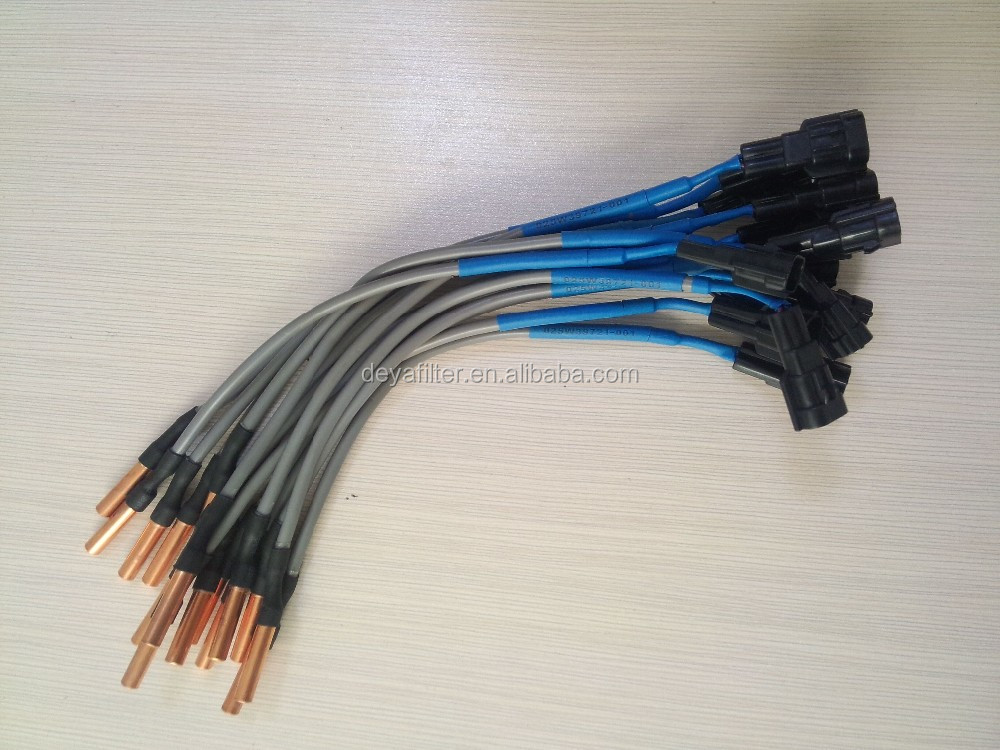

Note: You may notice TeraBox's limit of 5 Gb of traffic per month! The rest of the steps are pretty standard. So far, the backup is done for unencrypted files. To back up encrypted files, you need an encryption tool - I use Cryptomator as it is free (desktop version) and I can create multiple folders.Ġ2 Setting up encrypted folder using CryptormatorĬryptomator by far is my preferred choice for file encryption, both on desktop and online.
#York ycal 0043 install#
Install Cryptomator for Windows and launch it. Click Add Vault to set up your first vault. In the Add Vault box, select Create New Vault. Navigate to the mapped drive created in step 01 above. The name that you choose for your encrypted folder (vault) - Cryptomator will create it as a subfolder of the mapped folder. York on the 231d March last bound for Lllldon with a calgo of wheat and flOlll, and has not since been heard from. Narmada, a river in central India flows in a rift valley through the state of Madhya Pradesh, Maharashtra and Gujarat, plays an important role for water supply and ground water recharge. Therefore water resource management and planning can be improved in a rift valley after accurate simulation of hydrological assessment. In this study the Soil and Water Assessment Tool (SWAT) used on middle Narmada basin. The basic objective of the present study is to derive parameters required for runoff modeling using the Remote Sensing and Geospatial database and estimate surface runoff of middle Narmada basin. The main input data for simulation of SWAT containing Digital Elevation Model (DEM), Land Use/Land Cover (LU/LC), Soil type, Soil properties and Hydro-climatologically data, were appropriately collected. By providing all inputs for model set up, SWAT model was simulated for the period of 12 years (1997-2008) and Validated with 20 year separately. Key Words: SWAT Model, Remote Sensing, GIS, HRU, SUFI-2, SWAT-CUP The results indicated that 46% of the annual precipitation is lost by evapotranspiration in the basin. SWAT+ is a completely restructured version of the Soil and Water Assessment Tool (SWAT) that was developed to face present and future challenges in water resources modeling and management and to meet the needs of the worldwide user community.
#York ycal 0043 code#
It is expected to improve code development and maintenance support data availability, analysis, and visualization and enhance the model's capabilities in terms of the spatial representation of elements and processes within watersheds. The most important change is the implementation of landscape units and flow and pollutant routing across the landscape. Also, SWAT+ offers more flexibility than SWAT in defining management schedules, routing constituents, and connecting managed flow systems to the natural stream network. To test the basic hydrologic function of SWAT+, it was applied to the Little River Experimental Watershed (Georgia) without enhanced overland routing and compared with previous models. YORK YCAL-SB Millennium air cooled scroll liquid chillers provide chilled liquid for all air conditioning applications. YORK INTERNATIONAL 3 FORM 150.62-RP2: YORK: Chiller: Air Cooled: Scroll PART NUMBER LETTER CODES MP Multiple Point SP Single Point NF Non-Fused TB Terminal Block Ser. SWAT+ gave similar results and inaccuracies as these models did for streamflow and water balance.

#York ycal 0043 full#
Taking full advantage of the new capabilities of SWAT+ regarding watershed discretization and landscape and river interactions is expected to improve simulations in future studies. While many capabilities of SWAT have already been enhanced in SWAT+ and new capabilities have been added, the model will continue to evolve in response to advancements in scientific knowledge and the demands of the growing worldwide user community.
#York ycal 0043 series#
York ycal 0043 tonnage series#Įditor's note: This paper is part of the featured series on SWAT Applications for Emerging Hydrologic and Water Quality Challenges. See the February 2017 issue for the introduction and background to the series.


 0 kommentar(er)
0 kommentar(er)
